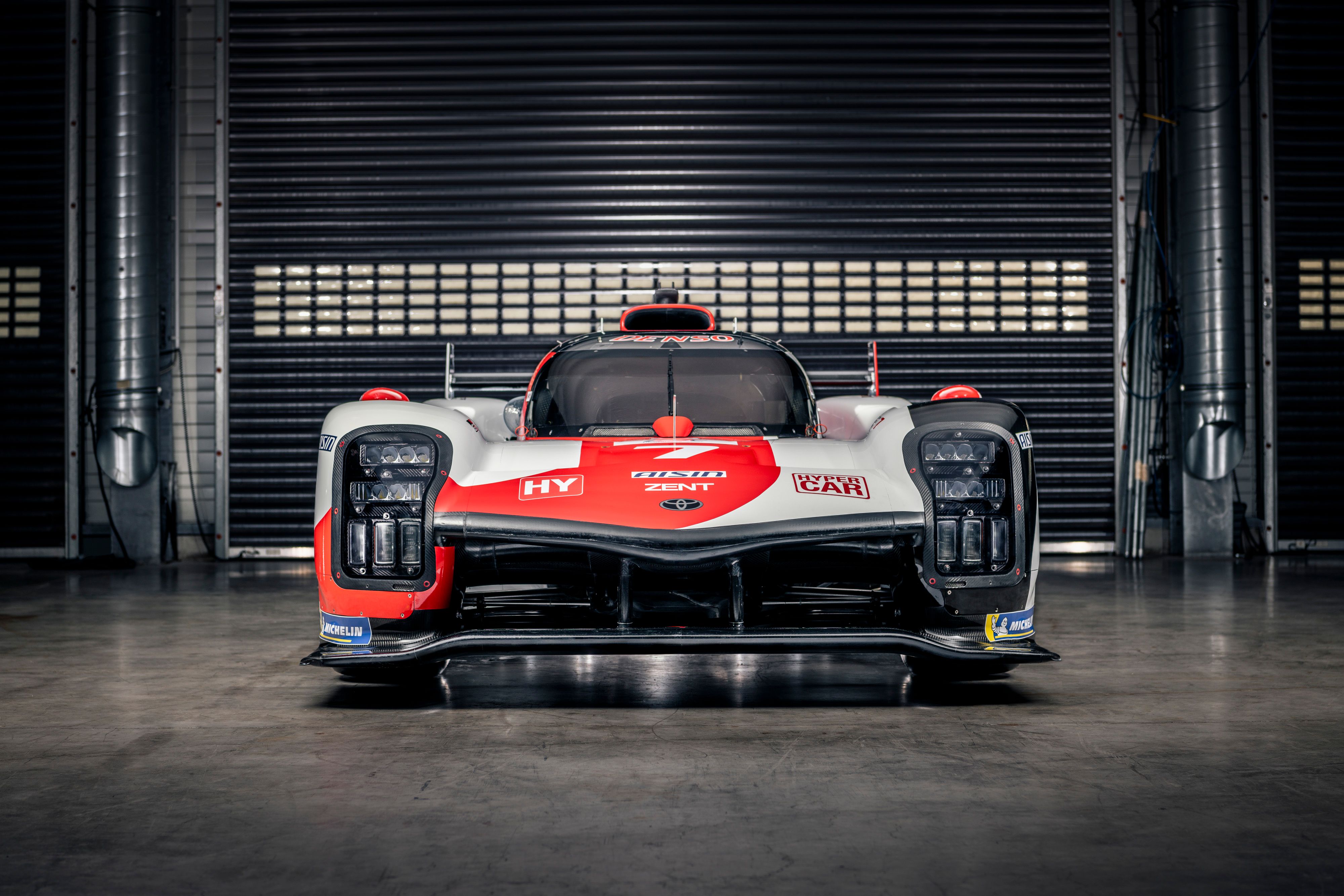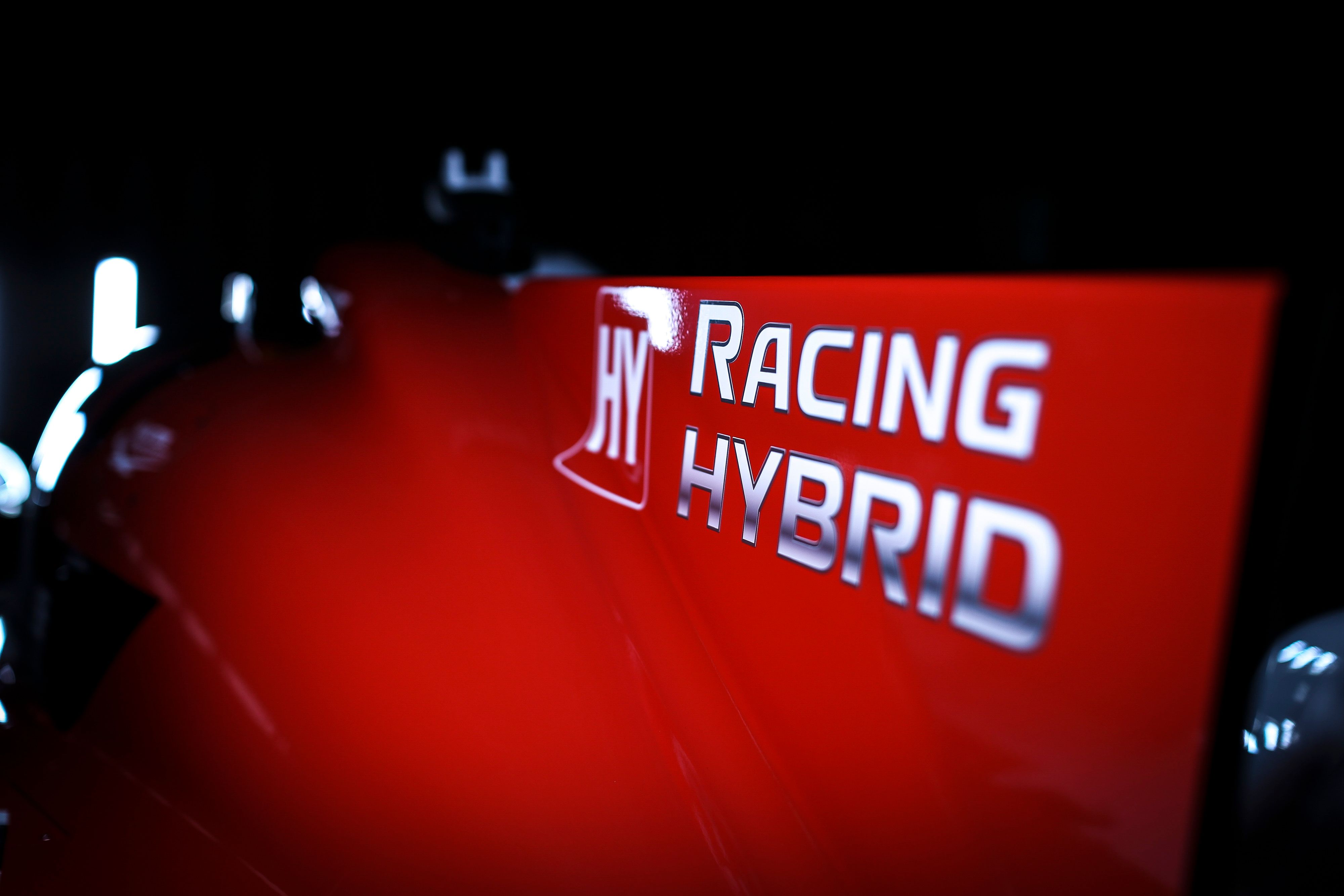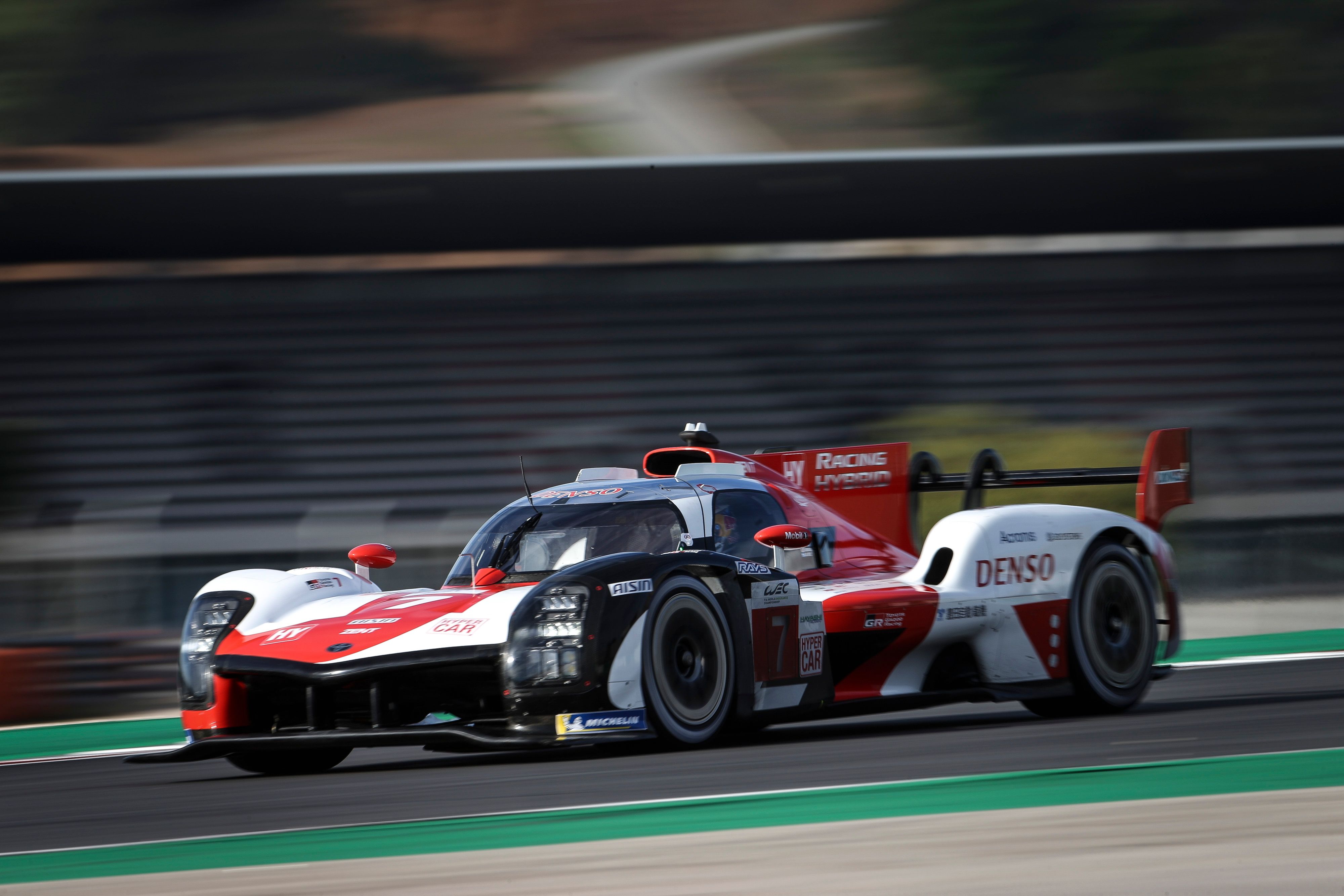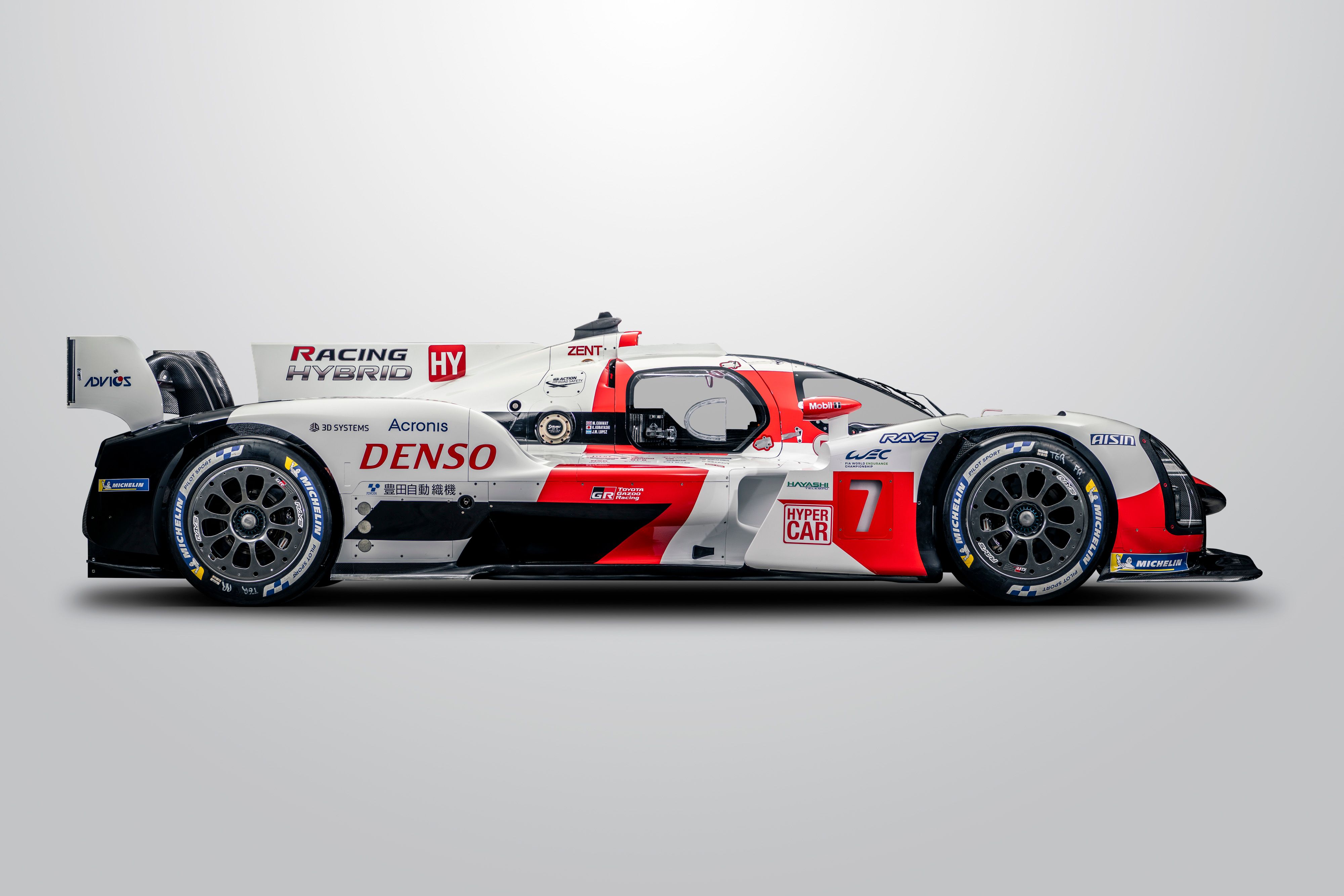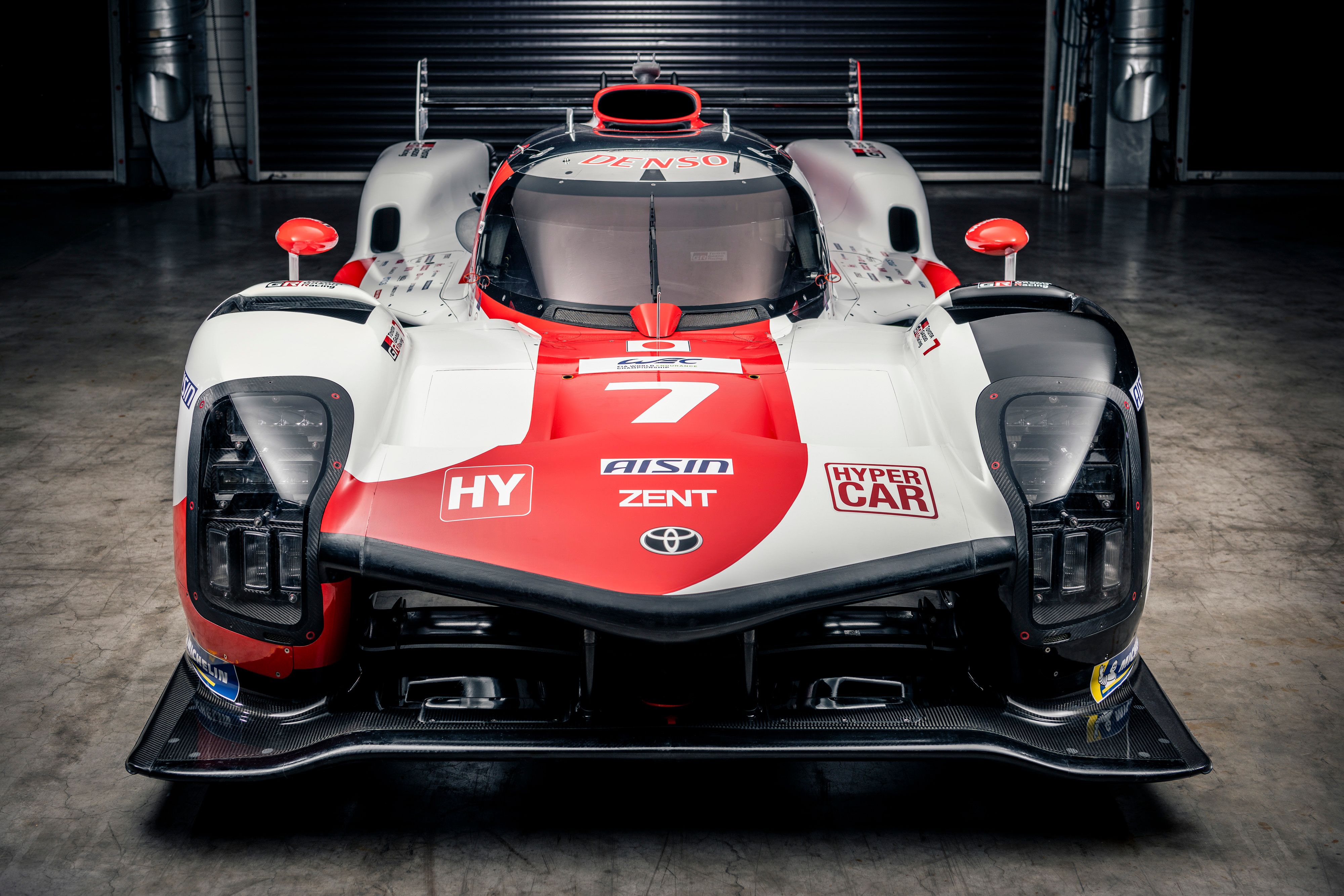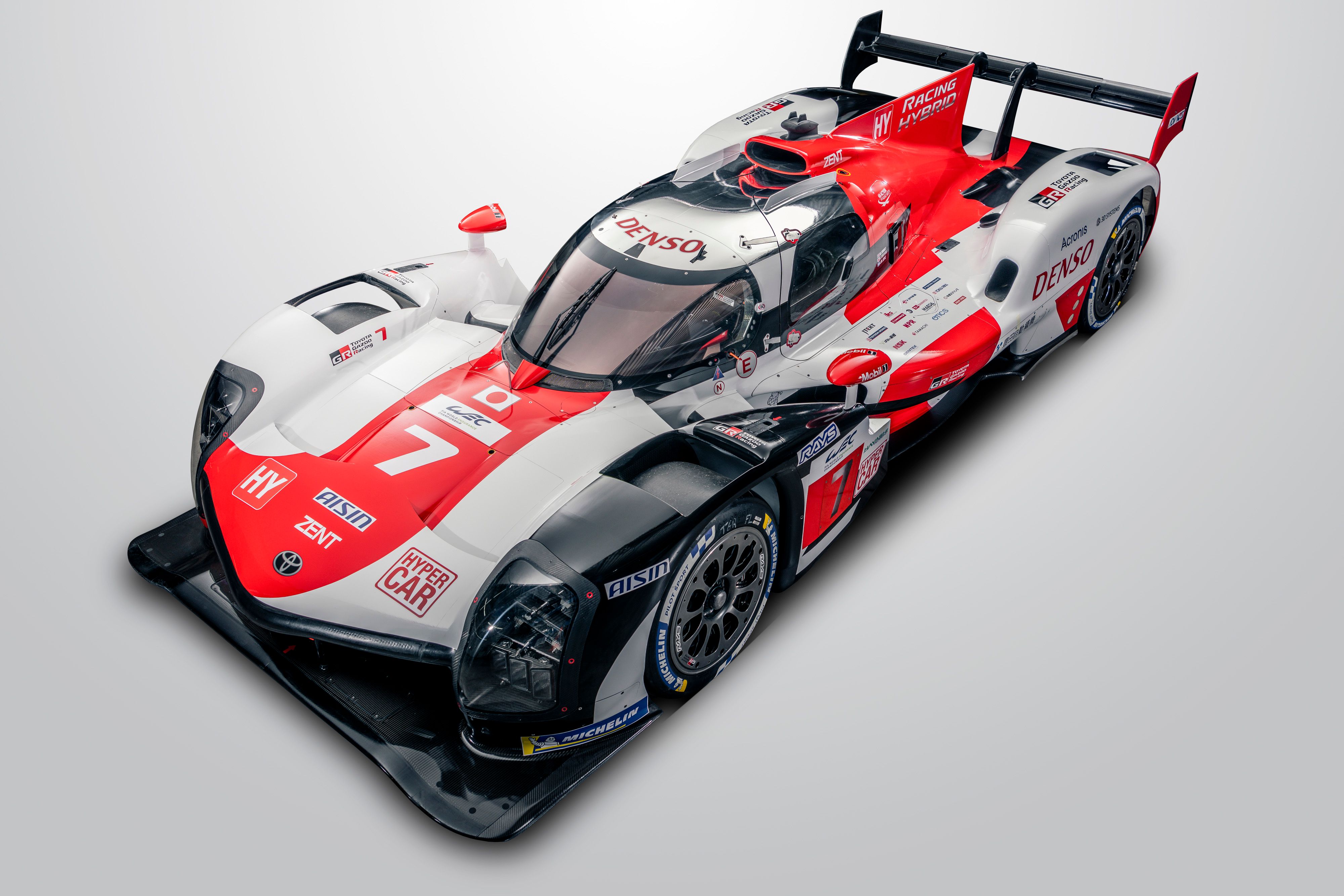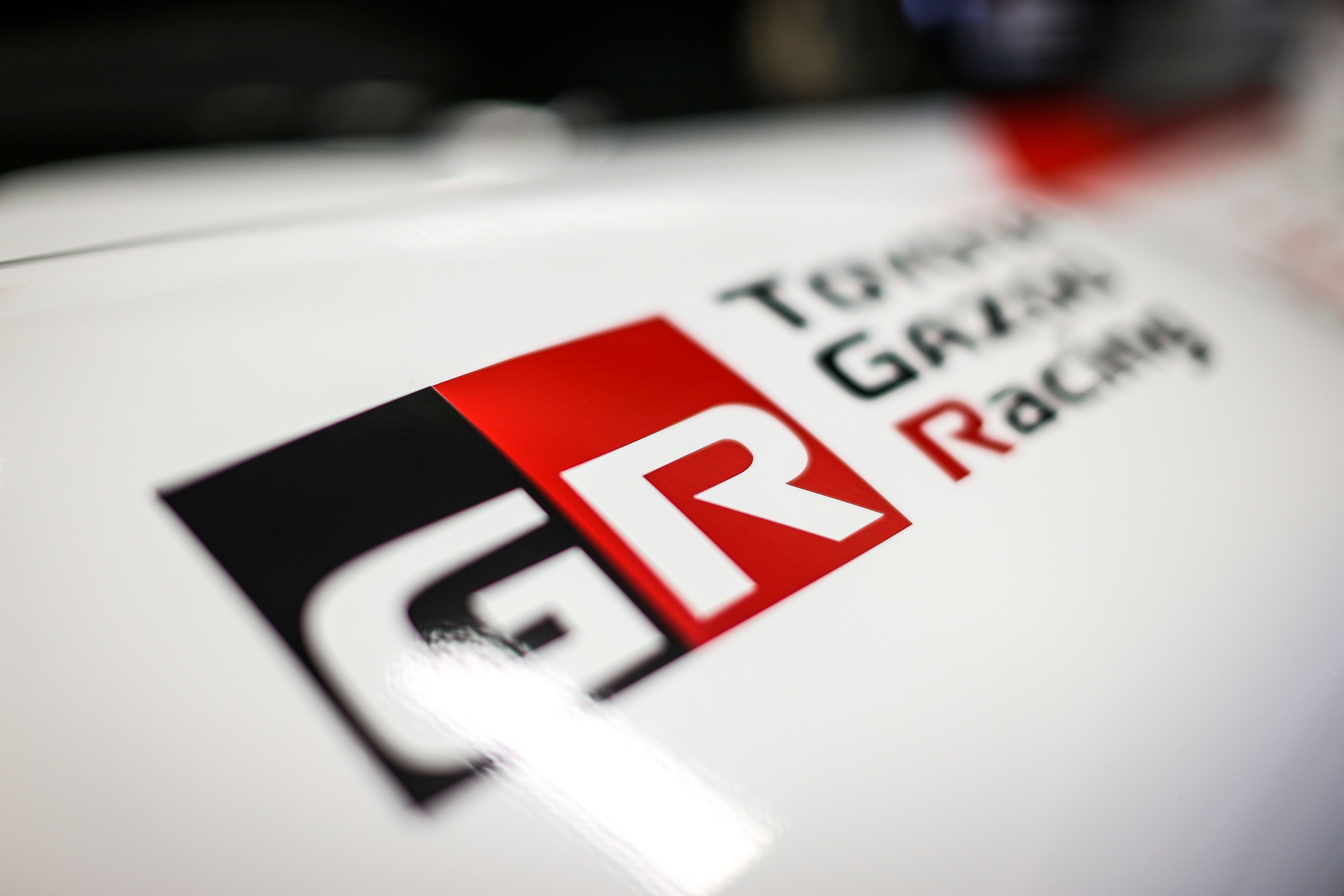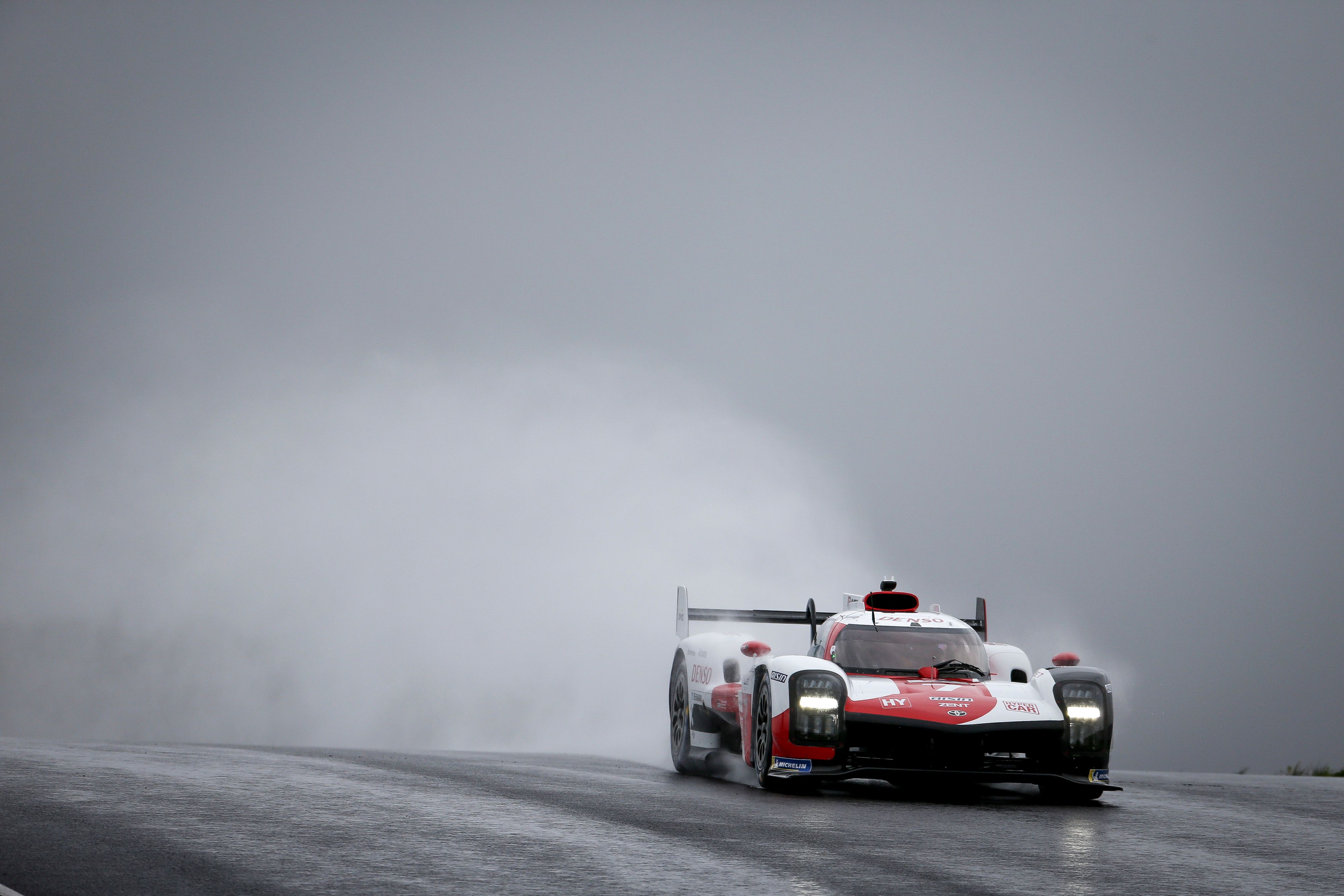Toyota Gazoo Racing will campaign a brand-new car in this year's FIA World Endurance Championship, the top long-distance sports car series in the world. With both technical components and design cues taken from the multi-Le-Mans-winning TS050, the GR010 Hybrid is our first look at a novel breed of racing cars, the Le Mans Hypercars. Developed in conjunction with a road-going version that's set to be launched later on this year, the GR010 is powered by a 3.5liter V-6 twin-turbo engine that, together with the hybrid system, delivers 940 horsepower to the wheels. Glickenhaus, ByKolles, Peugeot, and everyone else should heed the warning.
The dawn of a new age in international sports car racing
We've been waiting for this for a long time already. While it's back in November 2020, that we broke the news about Toyota potentially choosing the GR010 name for its new race car, the world's been going all over how the new generation of Le Mans prototypes will look like for over two years.
Back in December 2018, the FIA's council formally agreed on the ruleset drafted by the Automobil Club de l'Ouest, organizer of the 24 Hours of Le Mans. With costs spiraling out of control, the hybridized LMP1 category crumbled under its own weight and, in just two short years after reaching its peak, the FIA WEC lost both Porsche's and Audi's top-class efforts. That wake-up call was thoroughly heard by all parties involved and while some haphazardly drawn up rule changes got us through the seasons that have come and passed since 2017, everyone knew that a new, cheaper category was needed.
The name 'Hypercar' originally suggested an increased level of road relevance in the case of these slower top-flight sports racers (slower than, for instance, current-gen LMP2 cars), a gleaming potential bolstered by the emergence of Aston Martin as a backer of the new formula with its Valkyrie. Ultimately, however, Aston Martin backed out and decided to focus on F1 leaving only Toyota, Glickenhaus, and ByKolles as the early adopters of the formula.
All three have promised to offer to the public a limited number of road-legal hypercars linked to these new race cars with Toyota showing off its 986 horsepower beast during last year's Le Mans Weekend. Sadly, the dream of a nouveau-GT1 class (read Toyota TS020, Mercedes-Benz CLK-GTR, or Porsche 911 GT1) was dashed by the renderings that previewed the Le Mans Hypercars as what we had on the horizon was merely a pack of modified P1 cars. Now, with the official photos of the GR010 on hand, we can indeed say that this seems to be very much the case. But differences are aplenty.
The Toyota GR010 looks like old news, is not
Powered by a 3.5-liter, twin-turbocharged V-6 mill (the outgoing TS050 featured a 2.4-liter, twin-turbo V-6) rated at 670 horsepower as per the regulations, the GR010 is a low-slung attempt at confusing the masses. Dressed in a similar white/black/red tri-color livery, the first modern Toyota prototype to move away from the naming convention starting with the letters 'TS' is actually very different from the car that won Le Mans three years on the trot.
For starters, since the hybrid system can't deliver more than 270 horsepower, the GR010 is less powerful than the TS050 that was said to make about 1,000 horsepower when the eight-megajoule electric system was running at full chat. Moreover, the new car is a significant 357 pounds heavier because of the ACO's imposed minimum weight limit of 2,270 pounds or about as heavy as a Mk. IV Fiesta from the late '90s.
That's due to the completely rethought front fascia that features a flatter nose with a rounded edge, ditching the F1-styled faces of yesteryear. The big headlights, however, and the rather bulky fenders are reminiscent of the TS050, although the array of ducts, creases, and cuts along the sides makes one realize that airflow management is completely different. The shape of the floor towards the rear wheels is also completely different.
Vertical creases positioned on either side of the big intake on the roof help direct the air over the rear deck that now sprouts a smaller fin than ever before. The fin, a safety feature that first emerged back in 2011 following years of LMP1 and LMP2 cars taking off during crashes, has reduced the number of airborne incidents but we've still seen some cars take flight at Le Mans - including a Toyota back in 2012.
"The new regulations are designed to showcase road-relevant technology in WEC whilst also delivering a top-level, attractive spectacle," said technical director Pascal Vasselon, quoted by MotorSport Magazine. "It's a completely new car," the Frenchman added saying that the car was built "to a different philosophy. A major difference is the architecture of the hybrid system; we will have one kinetic energy recovery system and brake-by-wire, on the front axle. This means we had to install a starter motor and fully hydraulic rear brakes for the first time in our WEC project."
Vasselon also underlined that, while the Hypercars must perform within a certain window, "there is more freedom allowed for the bodywork shapes and concepts." That is also visible in the back of the GR010 with its re-thought diffuser that features curved elements towards the outside and also completely different, carved-in fenders, as well as a lower wing.
New rules don't necessarily mean the end of Toyota's reign
As Toyota took the wraps off the GR010 Hybrid, we also could see how the winner of the 2021 edition of the 24 Hours of Le Mans looks like. That's not to say that Toyota winning the even for the fourth time in as many years is a foregone conclusion - Le Mans always throws a spanner in the works of even the best-prepared teams - but, looking at the timeline, Toyota has a bit of time to get ready for the season. By comparison, Glickenhaus announced that it will skip the opening round at Sebring to better prepare ahead of a projected debut at Spa-Francorchamps.
This means the 1,000-mile race scheduled for March 19th could well see a dismal three-car top class since we're unsure whether or not ByKolles will show up at all. Alpine will make the trip to Florida but the French automaker's weapon of choice is a grandfathered LMP1 car in the form of an ORECA-built Rebellion R13. On the flipside, the presence of both the 'Alpine' and the new Toyotas will give us a first glimpse at how the new Balance of Performance (BoP) system will work.
Up until now, the FIA and ACO have applied something they called 'Equivalence of Technology' or EoT that had the same job: to bring the non-hybrid P1 cars closer to the hybridized cars built by the big, ultra-rich factory teams. The EoT failed spectacularly as Toyota wiped the floor with Dallara (BR Engineering), Rebellion, and Ginetta which prompted FIA WEC's bosses to bring in a crude system of success ballast that was utilized last year. The system made the TS050s massively heavy but even the added hundreds of pounds couldn't stop them from winning.
Now, with LMDh cars coming in 2023, it's imperative that the FIA and the SRO get the BoP right because there're manufacturers on both sides of the aisle: Peugeot is set to join Toyota with a Hypercar as early as next year while Porsche and Audi are already committed to an LMDh program. The success of the FIA WEC as a whole depends on how these two very different formulas get along. Until we get any answer on that multi-faceted conundrum, though, we've got the GR010 to fawn over.


